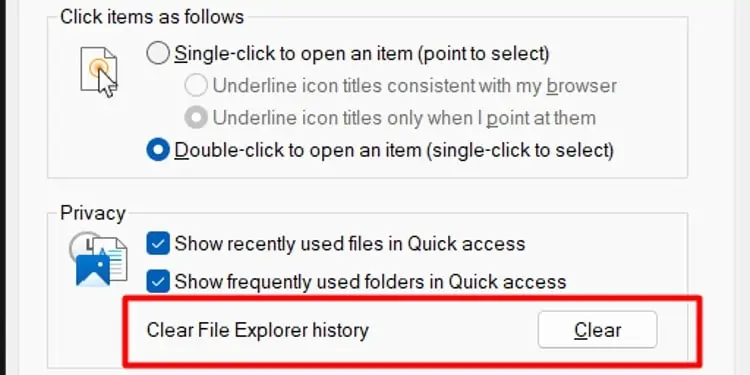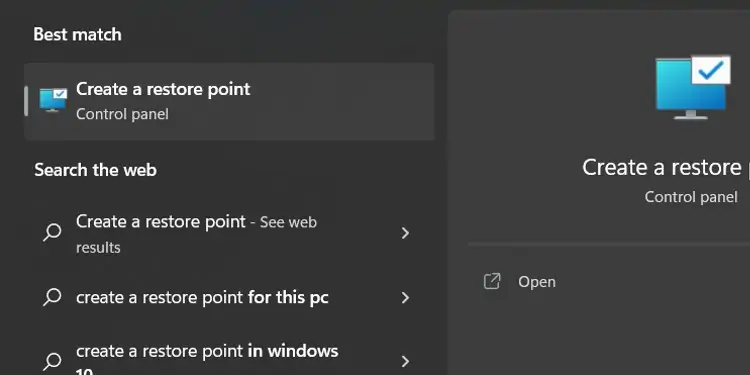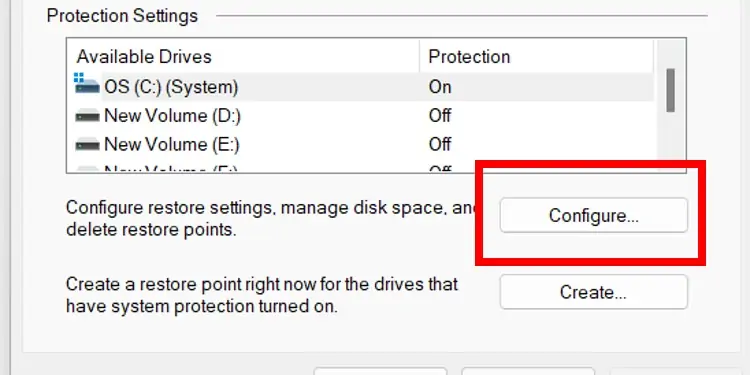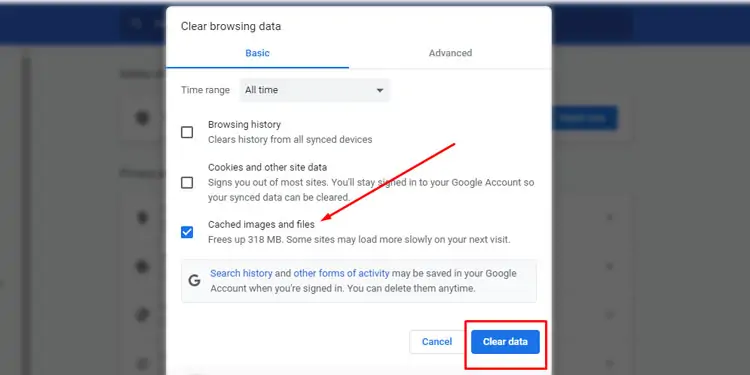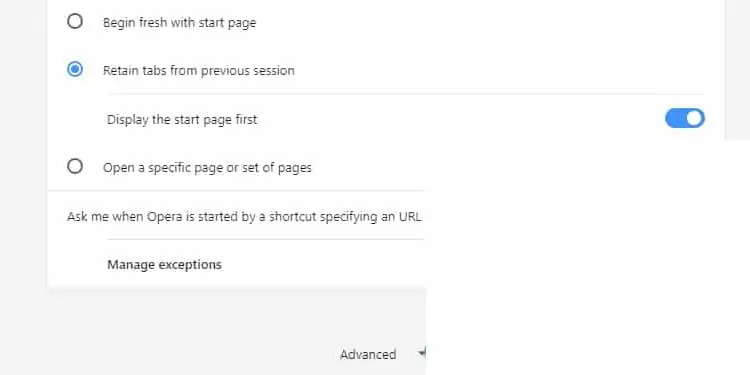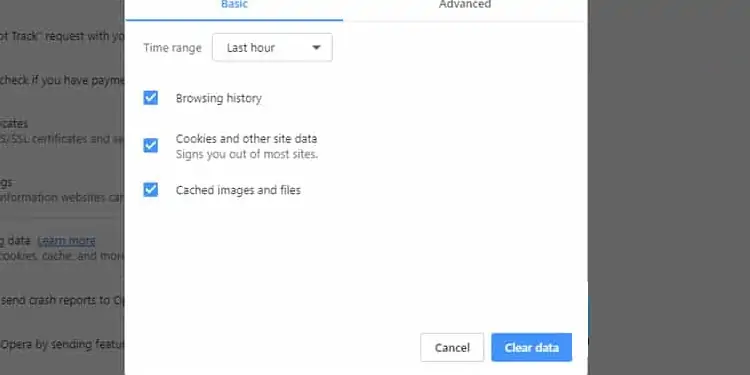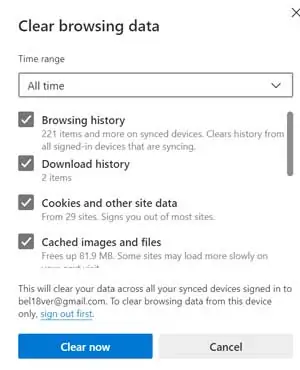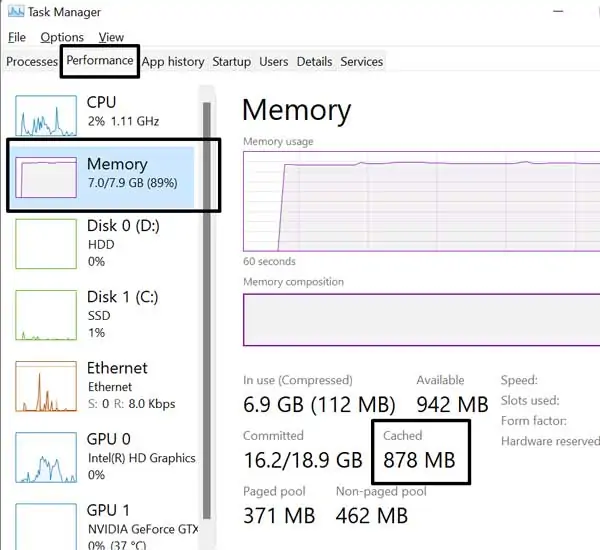Every time you open an application or visit a browser, your device stores your data, known as a cache. Doing this allows the device to process faster the next time you visit the same browser or application.
A lot of cache files get accumulated over time. When left uncleared, it can get corrupted and cause devices to slow down or applications to crash.
Windows stores various different caches under different locations. So, let’s see how to clear the cache on Windows.
How to Clear Cache on Windows?
To clear the cache on Windows, you can go through the different caches in the different locations they are stored and clear them accordingly:
Files Cache
Windows can store a lot of temporary files that are not required anymore. Most of them are saved under the local files cache.
You can follow the steps below to find them:
- Press “Win+ R” shortcut to open the Run command box.
- Type %temp% and click on Ok.

- Press Ctrl + A to select all the files.
- Right click on the files.
- Select Delete.
File Explorer Cache
The File explorer cache is related to the various files and folders in your device.
To delete the file explorer cache, you can follow the steps below:
- Click on the Folder icon located at the bottom taskbar.
- Click on the three dots(. . .) located on the top right menu.
- Select Options menu.
- Under the General Tab, Go to Privacy.
- Select Clear, located beside “Clear File Explorer History”.

Domain Name System (DNS) Cache
DNS cache stores data related to the recently visited website. It saves the domain name and IP address of the website that is viewed from the device.
To delete the DNS cache, you can follow the steps below:
- Click on the Search Tab located on the bottom left of your Windows.
- Type “Command Prompt”.
- Right Click on Command Prompt.
- Select Run as administrator.
- Type in “ipconfig/flushDNS”.

- Select Enter.
- You will receive a message on the same window stating “Successfully flushed the DNS Resolver Cache.”
Location Cache
Location history is saved by software and applications that use your location information.
To delete location cache; you can follow the steps below:
- Click on the Windows logo on the bottom left.
- Click on Settings, indicated by the gear icon.
- Scroll down to Privacy.
- On the left menu, Select Location under App permissions.
- Scroll down to Location History.
- Select Clear.

Windows Store Cache
The Windows Store cache saves files related to the different applications and software downloaded from Windows Store. To delete the Windows Store cache, you can follow the steps below:
- Press “Win+ R” shortcut to open the Run command box.
- Type wsreset.exe and click Ok.
- A blank box will pop up to indicate the cache being cleared.

- Once this is done, the Microsoft Store will open, which you can close.
Prefetch Cache
Prefetch cashes the files of the programs which you open most frequently and thus, reduces the loading time for those applications. In order to clear your prefetch caches, you can follow the steps:
- Press “Win+ R” shortcut to open the Run command box.
- Type prefetch and click OK.
- Click “Continue” on the prompt message.
- This will link to the prefetch folder.

- Press Ctrl + A to select all the files.
- Right click on the files.
- Select Delete.
Software Distribution Cache
The software distribution folder contains cache relating to your software updates which you do not need after the update. The files are also safe to delete since you can download them again if required.
To clear the Software Distribution cache, you can follow the steps below:
- Click on the Folder icon located at the bottom taskbar to open File Explorer.
- From the menu on the left, Select This PC.
- Click on Drive C.
- Scroll down to find Windows and click on it.
- Scroll down to the Software Distribution folder and click on it.

- Click on Download.
- Press Ctrl + A to select all the files.

- Right click on the files.
- Select Delete.
System Restore Point
System restore point helps users to recover from system failure. However, most of the cache files are not necessary and take up a lot of space in your hard drive.
You can follow the steps to clear System Restore Point:
- Click on the Search Tab located on the bottom left of your Windows.
- Type “Create a restore point” and click on it.

- Click on “Configure”.

- You can see how much space the System Restore Point is occupying.
- Click on Delete to delete the system restore point.
You will need to create at least one system restore point to safeguard your device; you can follow the steps to do so:
- Go back to “Create a restore point” box.
- Click on Create.

- Input any name for the system.
- Click on Create.
As you will see, the new system will occupy much less space on your hard drive.
Using Disk Cleanup
Windows also has a built-in Disk Cleanup program that allows you to clean out cache files. To do so, you can follow the steps below:
- Click on the Search Tab located on the bottom left of your Windows.
- Type “Disk Cleanup” and click on it.
- Select Drive C.
- Click on OK.
- Select Temporary Internet Files and other files you want to delete.

- Click on Clean up system files.
- Select Drive C.
- Click on OK.
- Once the Clean up tool scans your device, the box will also recommend other files for clean up.
- Click OK.
How to Clear Cache on Browsers?
In addition to the Windows applications, you can also clear cache files stored in your browser. To clear Cache in various browsers, you can follow the steps below:
Google Chrome
To clear cache in Google Chrome, you can follow the steps below:
- Click on the three horizontal dots, located on the top right corner of your Chrome window.
- Go to History.
- Click on “Clear browsing data”.
- Choose the time range.
- Check “Cached Images and Files” option.

- Click on Clear Data.
Opera
To clear cache in Opera, you can follow the steps below:
- Click on the opera icon at the top left of your Opera window.
- Select Settings.
- Click on Advanced located on the bottom of the box.

- Select Clear browsing data.
- Choose your time range and check cached images and files.
- Click on Clear Data.

Internet Explorer
To clear cache in Internet Explorer, you follow the steps below:
- Click on the gear icon at the top right of the page.
- Select Safety.
- Select Delete browsing history.
- Select Temporary internet files and website files.
- Click on delete.
Firefox
To clear cache in Firefox, you can follow the steps below:
- Click on the Hamburger Icon on the top right corner of your browser.
- Go to Settings.
- Click on Privacy & Security.
- Under Cookies and Site Data, click on Clear Data.

- Select Cached Web Content and Click on Clear.
Microsoft Edge
To clear cache in Microsoft Edge, you can follow the steps below:
- Click on the three dots, located on the top right corner.
- Go to Settings.
- Select Privacy Search and services
- Scroll down to Clear browsing data and click on Choose What to Clear.

- Select the data you want to delete including Cached images and files and click on Clear

How to Check for Cache Memory in Windows 10?
You can find out how much of your RAM is being used by cache by following the steps below:
- Click on the Windows logo.
- Search for Task Manager and click on it.
- Click on the Performance tab.
- Go to Memory on the left panel.
- You can see how much memory is cache under the Cached title.

Frequently Asked Questions:
How to Clear RAM in Windows 10?
Excessive RAM usage is never good for your system. Hence, an easy way to clear your RAM in Windows is to uninstall unnecessary apps and features.
You can follow the steps below to do so:
- Go to the Windows logo.
- Type Apps and Features.
- You will find all the apps that are installed.
- Click on the apps that you do not need anymore.
- Click on Uninstall.
How to Clear Cache in Windows 7?
The easiest way to clear cache in Windows 7 is through the inbuilt Disk Cleanup application that clears all the temporary files located on your desktop.
The process to use this app is similar to that of Windows 10. So, you can follow the steps mentioned above to use Disk Cleanup and get rid of the cache.



